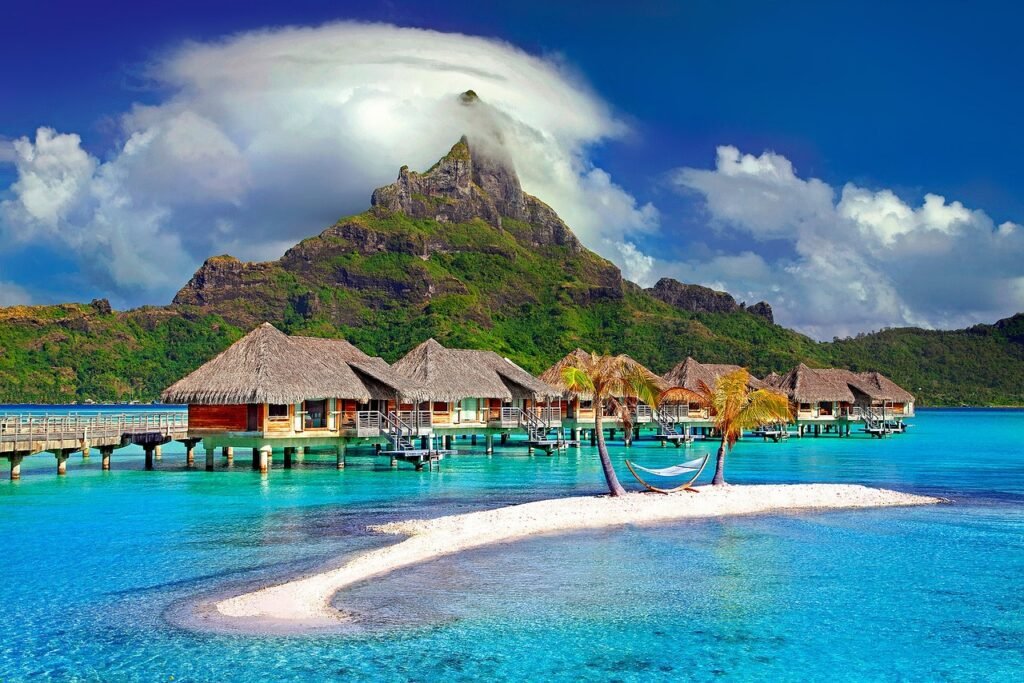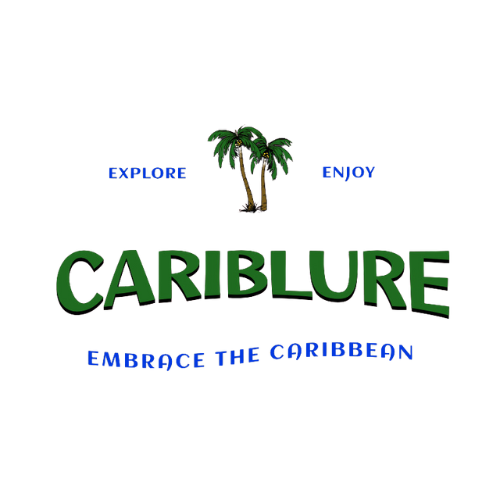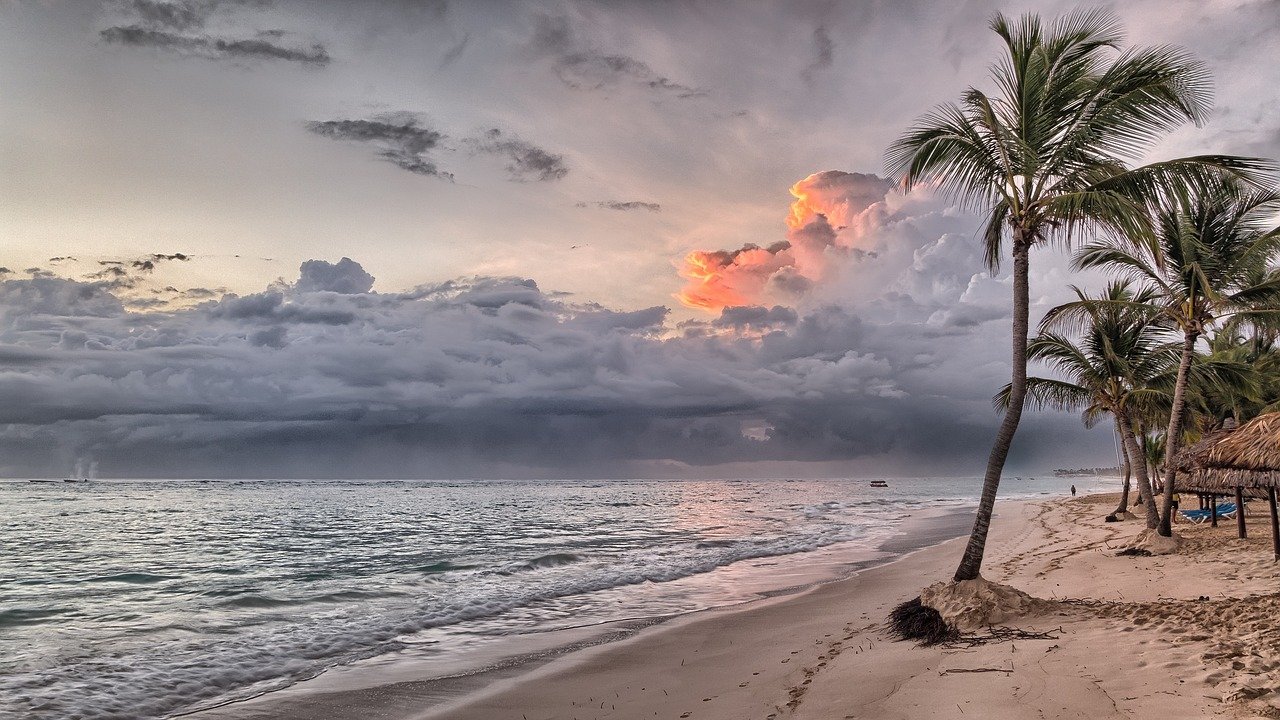Are you curious to know which Caribbean island holds the title for being the largest? Well, you’re in for a treat! In this article, we’ll explore the fascinating world of the Caribbean islands and reveal which one takes the crown for being the biggest. Get ready to embark on a virtual journey and discover the stunning landscapes and rich cultural heritage of this tropical paradise. So, grab a refreshing drink, sit back, and let’s dive into the wonders of the Caribbean!
Geographical Overview
Location
The Caribbean islands are located in the Caribbean Sea, which is part of the Atlantic Ocean. They are situated southeast of the Gulf of Mexico and the United States, east of Central America, and north of South America.
Area
The Caribbean islands span a vast area, covering approximately 2,754,000 square kilometers. This includes both land and water areas. The islands vary in size, with some being small and others quite large.
Population
The population of the Caribbean islands is diverse and vibrant, consisting of various ethnic groups and cultures. As of the latest estimates, the total population of the Caribbean islands is around 44 million people. Each island has its own unique population size, reflecting its individual history and development.

The Top Caribbean Islands
Cuba
Cuba, the largest island in the Caribbean, is renowned for its rich history, vibrant culture, and stunning landscapes. With an area of approximately 110,860 square kilometers, it boasts a diverse geography that includes mountain ranges, fertile valleys, and gorgeous coastlines. The population of Cuba is over 11 million people, making it one of the most populous Caribbean islands.
The major cities in Cuba are Havana, the capital and cultural hub; Santiago de Cuba, known for its colonial charm; and Varadero, famous for its pristine beaches. Cuba attracts numerous tourists each year who come to explore its Old Havana UNESCO World Heritage site, visit the tobacco plantations, and experience the lively music and dance scene.
Hispaniola
Hispaniola, the second-largest island in the Caribbean, is shared by two countries, the Dominican Republic and Haiti. With an area of approximately 76,480 square kilometers, it offers a mix of stunning natural beauty and cultural diversity. The population of Hispaniola is around 22 million people.
On the Dominican Republic side, the major cities include Santo Domingo, the capital and historical center; Punta Cana, a popular tourist destination known for its stunning beaches; and Puerto Plata, famous for its vibrant nightlife. Haiti, on the other hand, is home to Port-au-Prince, the capital, and Cap-Haïtien, known for its colonial architecture.
Jamaica
Jamaica, the third-largest Caribbean island, is famous for its reggae music, laid-back vibe, and stunning landscapes. With an area of approximately 10,991 square kilometers, it offers a mix of beautiful beaches, lush mountains, and vibrant cities. The population of Jamaica is over 2 million people.
The major cities in Jamaica include Kingston, the capital and cultural hub; Montego Bay, a popular tourist destination known for its resorts and vibrant nightlife; and Ocho Rios, famous for its waterfalls and outdoor adventures. Tourism plays a significant role in Jamaica’s economy, attracting visitors with its stunning beaches, vibrant music scene, and warm hospitality.
Puerto Rico
Located in the northeastern Caribbean, Puerto Rico is an island territory of the United States. With an area of approximately 9,104 square kilometers, it is one of the smaller Caribbean islands. However, it makes up for its size with its rich history, unique culture, and stunning landscapes. The population of Puerto Rico is around 3 million people.
The major cities in Puerto Rico include San Juan, the capital and cultural center; Ponce, known for its colonial architecture and vibrant arts scene; and Mayaguez, famous for its vibrant festivals and beautiful beaches. Tourism is a significant industry in Puerto Rico, attracting visitors with its historical sites, tropical rainforests, and beautiful beaches.
Trinidad and Tobago
The twin-island nation of Trinidad and Tobago is located in the southern Caribbean. With a combined area of approximately 5,131 square kilometers, the islands offer a mix of vibrant culture, stunning beaches, and diverse wildlife. The population of Trinidad and Tobago is over 1 million people.
The major cities in Trinidad and Tobago include Port of Spain, the capital and bustling commercial center; San Fernando, known for its vibrant festivals and bustling markets; and Scarborough, the capital of Tobago, known for its scenic beauty and tranquil beaches. The islands attract tourists with their vibrant Carnival celebrations, beautiful coral reefs, and unique wildlife.
The Bahamas
The Bahamas, an archipelago consisting of over 700 islands and cays, is located in the Atlantic Ocean. With an area of approximately 13,943 square kilometers, it offers a wide range of experiences, from secluded beaches to vibrant resort towns. The population of the Bahamas is around 400,000 people.
The major cities in the Bahamas include Nassau, the capital and economic center; Freeport, known for its bustling markets and beautiful beaches; and Paradise Island, famous for its luxurious resorts and stunning marine life. Tourism is the backbone of the Bahamian economy, attracting visitors with its crystal-clear waters, vibrant coral reefs, and friendly locals.
The Lesser Antilles
The Lesser Antilles is a group of islands located in the southeastern Caribbean Sea. It stretches from the Virgin Islands in the north to Trinidad and Tobago in the south. The Lesser Antilles is known for its stunning natural beauty, diverse cultures, and unique history.
The geography of the Lesser Antilles includes volcanic islands, coral reefs, and lush rainforests. Some of the major islands in this region include Antigua and Barbuda, St. Kitts and Nevis, St. Lucia, and Barbados. These islands offer a range of attractions, from historical sites to pristine beaches, making them popular tourist destinations.
The Greater Antilles
The Greater Antilles is a group of islands located in the northern part of the Caribbean Sea. It includes some of the largest and most well-known Caribbean islands, including Cuba, Hispaniola, Jamaica, and Puerto Rico. The Greater Antilles is known for its diverse landscapes, vibrant cultures, and rich history.
The geography of the Greater Antilles varies from mountainous regions to fertile valleys and stunning coastlines. These islands are home to major cities like Havana, Santo Domingo, Kingston, and San Juan. They offer a wide range of tourism experiences, from exploring colonial architecture to enjoying water sports and outdoor adventures.
Other Caribbean Islands
In addition to the major Caribbean islands mentioned above, there are numerous other smaller islands that contribute to the region’s charm and diversity. These islands include St. Vincent and the Grenadines, Grenada, Dominica, Aruba, and many more.
Each of these islands has its own unique geography, culture, and attractions. From white-sand beaches to colorful underwater reefs, these islands offer a paradise-like setting for visitors. Whether you are seeking relaxation, adventure, or immersion in local culture, the other Caribbean islands have something to offer.
In conclusion, the Caribbean islands are a treasure trove of natural wonders, vibrant cultures, and warm hospitality. From the largest island of Cuba to the smaller paradise of the Grenadines, each island offers its own unique experiences and attractions. Whether you’re looking to relax on pristine beaches, explore historical sites, or indulge in vibrant festivals, the Caribbean islands have something for everyone. So pack your bags, and get ready to embark on an unforgettable journey in the beautiful Caribbean.



